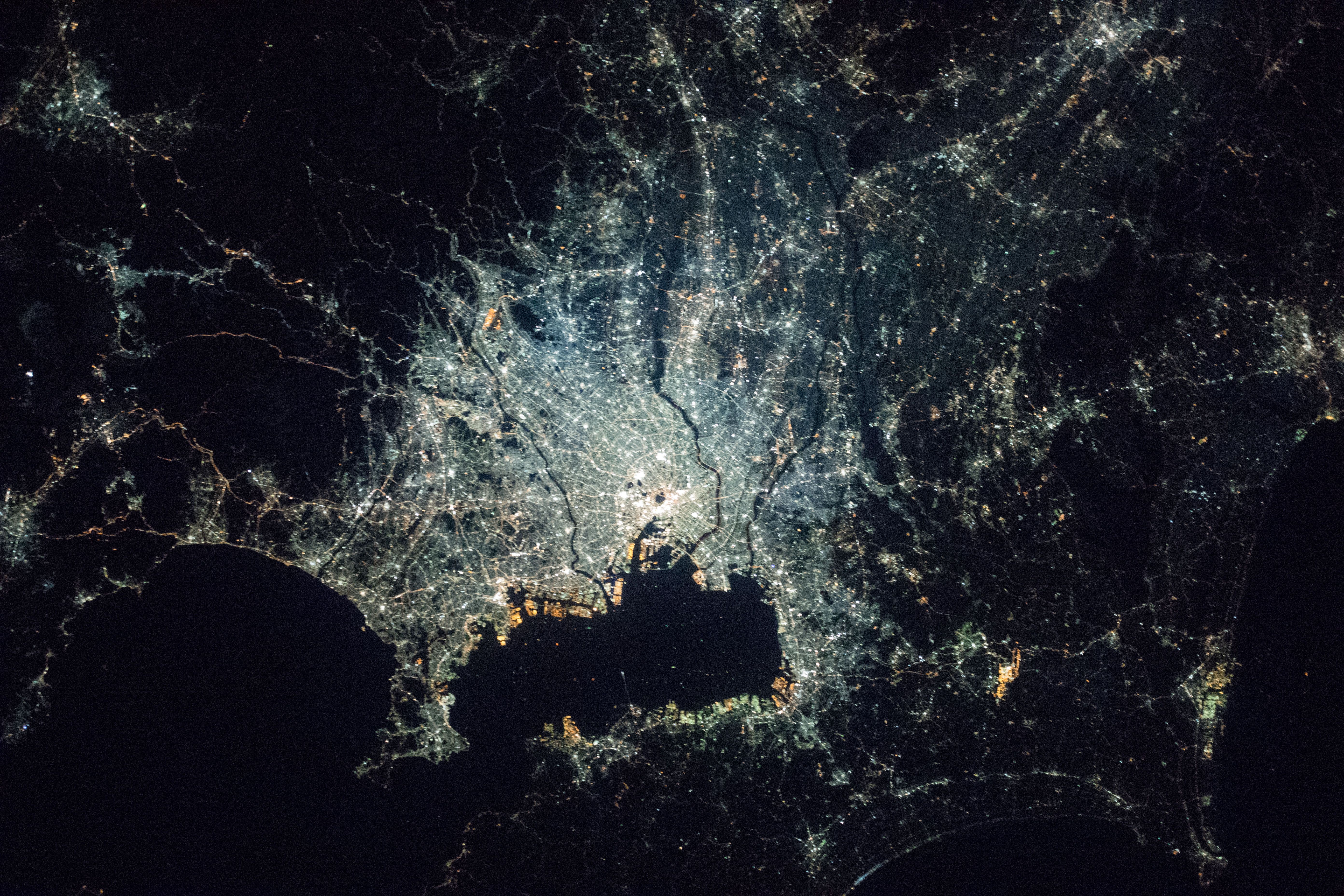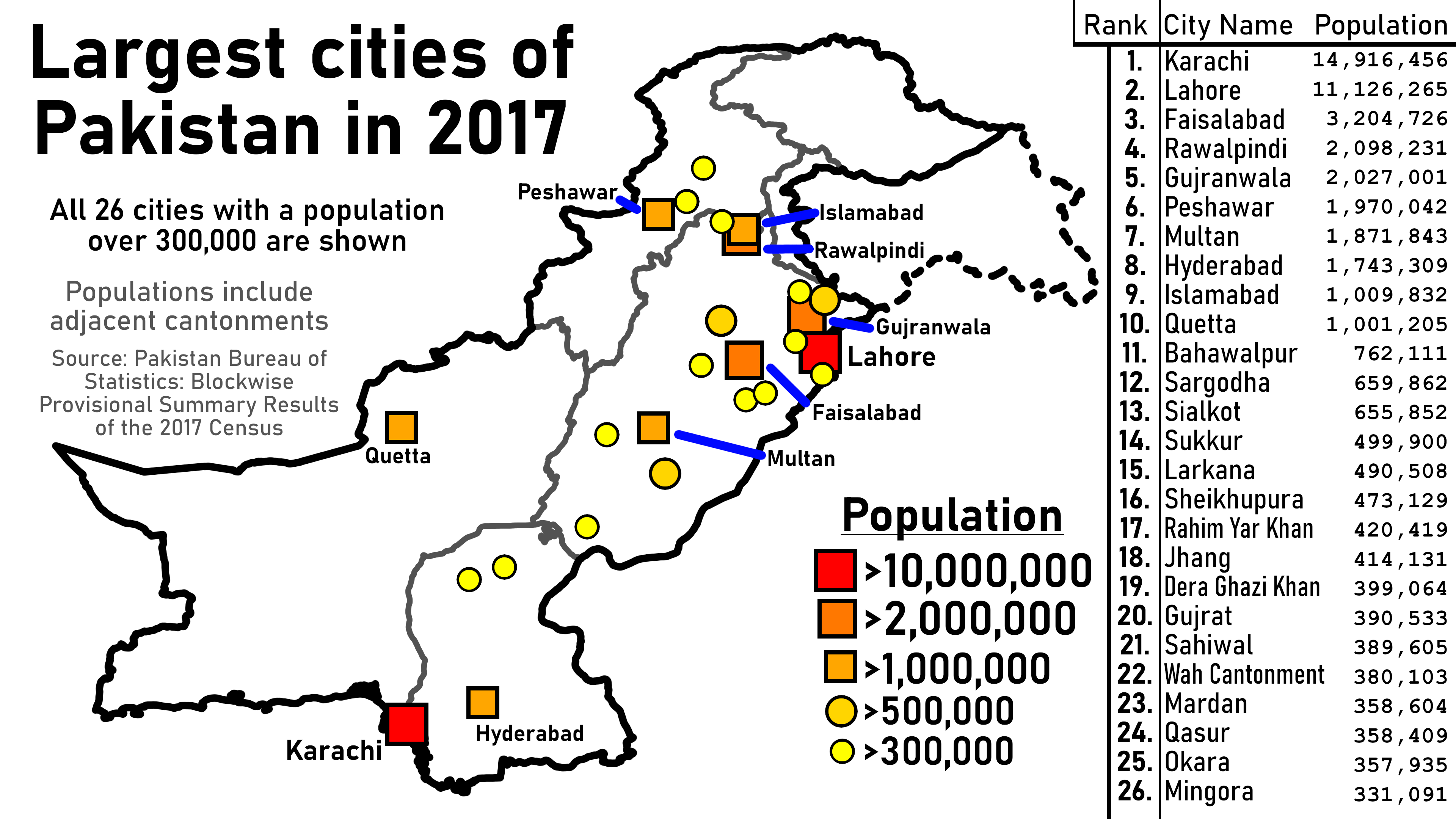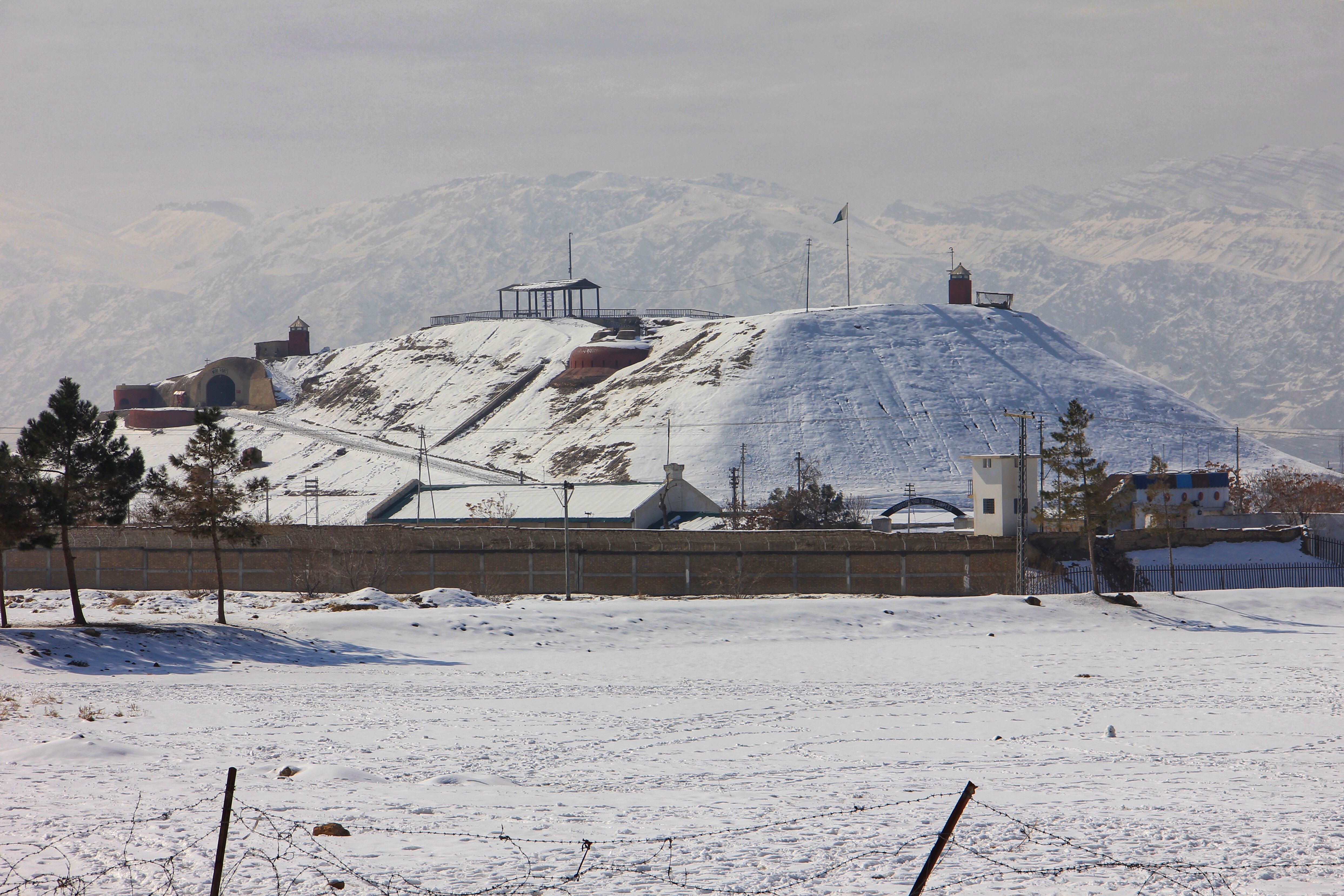|
List Of Most Populous Metropolitan Areas In Pakistan ...
This is a list of metropolitan areas in Pakistan. These metropolitan areas are home to about 20% of the population or about 46 million Pakistanis. Every Pakistani city with a population of 500,000 or more is considered a metropolitan area. This list is according to the 2017 Census of Pakistan. List See also *Demography of Pakistan *List of most populous cities in Pakistan *List of metropolitan areas by population References {{Pakistani cities Demographics of Pakistan Cities in Pakistan Pakistan Metropolitan areas A metropolitan area or metro is a region that consists of a densely populated urban agglomeration and its surrounding territories sharing industries, commercial areas, transport network, infrastructures and housing. A metro area usually com ... [...More Info...] [...Related Items...] OR: [Wikipedia] [Google] [Baidu] |
Pakistanis
Pakistanis ( ur, , translit=Pākistānī Qaum, ) are the citizens and nationals of the Islamic Republic of Pakistan. According to the 2017 Pakistani national census, the population of Pakistan stood at over 213 million people, making it the world's fifth-most populous country. The majority of Pakistanis natively speak languages belonging to the Indo-Iranic family ( Indo-Aryan and Iranic subfamilies). Located in South Asia, the country is also the source of a significantly large diaspora, most of whom reside in the Arab countries of the Persian Gulf, with an estimated population of 4.7 million. The second-largest Pakistani diaspora resides throughout both Northwestern Europe and Western Europe, where there are an estimated 2.4 million; over half of this figure reside in the United Kingdom (see British Pakistanis). Ethnic subgroups Having one of the fastest-growing populations in the world, Pakistan's people belong to various ethnic groups, with the overwhelming majority ... [...More Info...] [...Related Items...] OR: [Wikipedia] [Google] [Baidu] |
Bahawalpur
Bahawalpur () is a city in the Punjab province of Pakistan. With inhabitants as of 2017, it is Pakistan's 11th most populous city. Founded in 1748, Bahawalpur was the capital of the former princely state of Bahawalpur, ruled by the Abbasi family of ''Nawabs'' until 1955. The ''Nawabs'' left a rich architectural legacy, and Bahawalpur is now known for its monuments dating from that period. The city lies at the edge of the Cholistan Desert, and serves as the gateway to the nearby Lal Suhanra National Park. History Bahawalpur was among the 584 princely states before the Partition of India. Early history Bahawalpur State was home to various ancient societies. The Bahawalpur region was part of Multan province of Mughal Empire in recent history. It contains ruins from the Indus Valley civilisation, as well as ancient Buddhist sites such as the nearby Patan minara. British archaeologist Sir Alexander Cunningham identified the Bahawalpur region as home of the Yaudheya kingdoms ... [...More Info...] [...Related Items...] OR: [Wikipedia] [Google] [Baidu] |
Cities In Pakistan
A city is a human settlement of notable size.Goodall, B. (1987) ''The Penguin Dictionary of Human Geography''. London: Penguin.Kuper, A. and Kuper, J., eds (1996) ''The Social Science Encyclopedia''. 2nd edition. London: Routledge. It can be defined as a permanent and densely settled place with administratively defined boundaries whose members work primarily on non-agricultural tasks. Cities generally have extensive systems for housing, transportation, sanitation, utilities, land use, production of goods, and communication. Their density facilitates interaction between people, government organisations and businesses, sometimes benefiting different parties in the process, such as improving efficiency of goods and service distribution. Historically, city-dwellers have been a small proportion of humanity overall, but following two centuries of unprecedented and rapid urbanization, more than half of the world population now lives in cities, which has had profound consequences for g ... [...More Info...] [...Related Items...] OR: [Wikipedia] [Google] [Baidu] |
Demographics Of Pakistan
Pakistan had a population of 213,222,917 according to the final results of the 2017 Census of Pakistan. This figure includes Pakistan's four provinces, Islamabad Capital Territory, Azad Kashmir, and Gilgit-Baltistan. Pakistan is the world's fifth-most populated country. Between 1951 and 2017, Pakistan's population expanded over sixfold, going from 33.7 million to 207.7 million. The country has a relatively high, although declining, growth rate supported by high birth rates and low death rates. Between 1998 and 2017, the average annual population growth rate stood at +2.40%. Dramatic social changes have led to urbanisation and the emergence of two megacities: Karachi and Lahore. The country's urban population more than tripled between 1981 and 2017 (from 23.8 million to 75.7 million), as Pakistan's urbanisation rate rose from 28.2% to 36.4%. Even with this, the nation's urbanisation rate remains one of the lowest in the world, and in 2017, over 130 milli ... [...More Info...] [...Related Items...] OR: [Wikipedia] [Google] [Baidu] |
List Of Metropolitan Areas By Population
The United Nations uses three definitions for what constitutes a city, as not all cities in all jurisdictions are classified using the same criteria. Cities may be defined as the cities proper, the extent of their urban area, or their metropolitan regions. The largest city by population using the city proper definition, which is the area under the administrative boundaries of a local government, is Chongqing, China. The largest city by population using the metropolitan area definition, which is a loose term referring to urban area and its primary commuter areas, is Tokyo, Japan. The largest city by population using the urban area definition, which is a loose term referring to a contiguous area with a certain population density, is also Tokyo, Japan. Definitions City proper (administrative) A city can be defined by its administrative boundaries (city proper). UNICEF defines city proper as "the population living within the administrative boundaries of a city or controlled d ... [...More Info...] [...Related Items...] OR: [Wikipedia] [Google] [Baidu] |
List Of Most Populous Cities In Pakistan
This is a list showing the 100 most populous cities in Pakistan as of the 2017 Census of Pakistan. City populations found in this list only refer to the population found within the city's defined limits and any adjacent cantonment, if exists (except for Gujranwala and Okara). The census totals below come from the Pakistan Bureau of Statistics for the four provinces of Pakistan and the Islamabad Capital Territory, and from the Azad Jammu and Kashmir Planning & Development Department (PND AJK) for cities inside Azad Kashmir. As of the 2017 Census, there are two megacities, ten million-plus cities, and 100 cities having a population of 100,000 or more. Of these 100 cities, 58 are located in the country's most populous province, Punjab, 22 in Sindh, 11 in Khyber Pakhtunkhwa, six in Balochistan, two in Azad Kashmir, and one in Islamabad Capital Territory. It is unknown whether Gilgit-Baltistan has any city with over 100,000 people or not, as Gilgit-Baltistan has not yet publicly ... [...More Info...] [...Related Items...] OR: [Wikipedia] [Google] [Baidu] |
Demography Of Pakistan
Pakistan had a population of 213,222,917 according to the final results of the 2017 Census of Pakistan. This figure includes Pakistan's four provinces, Islamabad Capital Territory, Azad Kashmir, and Gilgit-Baltistan. Pakistan is the world's fifth-most populated country. Between 1951 and 2017, Pakistan's population expanded over sixfold, going from 33.7 million to 207.7 million. The country has a relatively high, although declining, growth rate supported by high birth rates and low death rates. Between 1998 and 2017, the average annual population growth rate stood at +2.40%. Dramatic social changes have led to urbanisation and the emergence of two megacities: Karachi and Lahore. The country's urban population more than tripled between 1981 and 2017 (from 23.8 million to 75.7 million), as Pakistan's urbanisation rate rose from 28.2% to 36.4%. Even with this, the nation's urbanisation rate remains one of the lowest in the world, and in 2017, over 130 milli ... [...More Info...] [...Related Items...] OR: [Wikipedia] [Google] [Baidu] |
Sialkot
Sialkot ( ur, ) is a city located in Punjab, Pakistan. It is the capital of Sialkot District and the 13th most populous city in Pakistan. The boundaries of Sialkot are joined with Jammu (the winter capital of Indian administered Jammu and Kashmir) in the north east, the districts of Narowal in the southeast, Gujranwala in the southwest and Gujrat in the northwest. Sialkot is believed to be the successor of ancient Sagala, the capital of the Madra kingdom razed by Alexander the Great in 326 BCE, and then made capital of the Indo-Greek kingdom by Menander I in the 2nd century BCE—a time during which the city greatly prospered as a major center for trade and Buddhist thought. In 6th century, it was again made capital of the Taank Kingdom, which ruled Punjab for the next two centuries. Sialkot continued to be a major political centre until it was eclipsed by Lahore around the turn of the first millennium. The city rose again in prominence during the British era and is now o ... [...More Info...] [...Related Items...] OR: [Wikipedia] [Google] [Baidu] |
Sargodha
Sargodha ( Punjabi and ur, ) is a city and capital of Sargodha Division, located in Punjab province, Pakistan. It is Pakistan's 12th largest city by population and one of the fastest-growing cities of the country. Sargodha is also known as the ''City of Eagles''. It is one of the few planned cities of Pakistan (others include Faisalabad, Islamabad & Gwadar). History Sargodha was established by the British as a canal-colony in 1903, and was initially spelled Sargoda. Sargodha was badly affected by an outbreak of the bubonic plague in 1903, and experienced a milder outbreak in 1904. Although it was a small town in the beginning, the British Royal Air Force built an airport here due to its strategic location. The term "Sargodha" has its origin in the words "Sar" (from "sarowar") meaning "pond" and "Godha" meaning "Sadhu", which means "Pond of Godha". This city was founded by Lady Trooper by the supervision of Sir Charles Montgomery Rivaz KCSI (1845 – 7 October 1926), a colon ... [...More Info...] [...Related Items...] OR: [Wikipedia] [Google] [Baidu] |
Hyderabad, Pakistan
Hyderabad (Sindhi language, Sindhi and ur, ; ) is a city and the capital of Hyderabad Division in the Sindh province of Pakistan. It is the List of cities in Sindh by population, second-largest city in Sindh, and the eighth largest in Pakistan. Founded in 1768 by Mian Ghulam Shah Kalhoro of the Kalhora Dynasty, Hyderabad served as a provincial capital until the British transferred the capital to Bombay presidency in 1840. It is about inland of Karachi, the largest city of Pakistan, to which it is connected by a direct railway and M-9 motorway (Pakistan), M-9 motorway. Toponymy The city was named in honour of Ali, the Rashidun Caliphate, fourth caliph and cousin of the Prophet Muhammad. Hyderabad's name translates literally as "Lion City"—from ''haydar'', meaning "lion," and ''-abad, ābād'', which is a suffix indicating a settlement. "Lion" references Ali's valour in battle, and so he is often referred to as ''Ali Haydar'', roughly meaning "Ali the Lionheart," by South As ... [...More Info...] [...Related Items...] OR: [Wikipedia] [Google] [Baidu] |
Quetta
Quetta (; ur, ; ; ps, کوټه) is the tenth List of cities in Pakistan by population, most populous city in Pakistan with a population of over 1.1 million. It is situated in Geography of Pakistan, south-west of the country close to the Durand line, International border with Afghanistan. It is the capital of the Administrative units of Pakistan, province of Balochistan, Pakistan, Balochistan where it is the largest city. Quetta is at an average elevation of above sea level, making it Pakistan's only high-altitude major city. The city is known as the ''"Fruit Garden of Pakistan"'' due to the numerous fruit orchards in and around it, and the large variety of fruits and dried fruit products produced there. Located in northern Balochistan near the Durand line, Pakistan-Afghanistan border and the road across to Kandahar, Quetta is a trade and communication centre between the two countries. The city is near the Bolan Pass route which was once one of the major gateways from Ce ... [...More Info...] [...Related Items...] OR: [Wikipedia] [Google] [Baidu] |
2017 Census Of Pakistan
The 2017 Census of Pakistan was a detailed enumeration of the Pakistani population which began on 15 March 2017 and ended on 25 May 2017. It was the first census taken in the country in the 21st century, nineteen years after 1998 Census of Pakistan, the previous one in 1998, and it was carried out by the Pakistan Bureau of Statistics. The census recorded a total population throughout the country of 213,222,917. The results showed a massive population increase having occurred between 1998 and 2017 of 77.0 Million people, or an increase of +56.5%. The results also marked a significant overperformance compared to estimations made of the Pakistani population before the census, which had previously estimated the Pakistani population in 2017 to be 195 Million – 200 Million. Design The 2017 Census of Pakistan was conducted by over 110,000 civilian staff along with security provided by over 200,000 personnel from the Army of Pakistan. Its budget was 18.5 Billion Pakistani Rupees, of ... [...More Info...] [...Related Items...] OR: [Wikipedia] [Google] [Baidu] |






